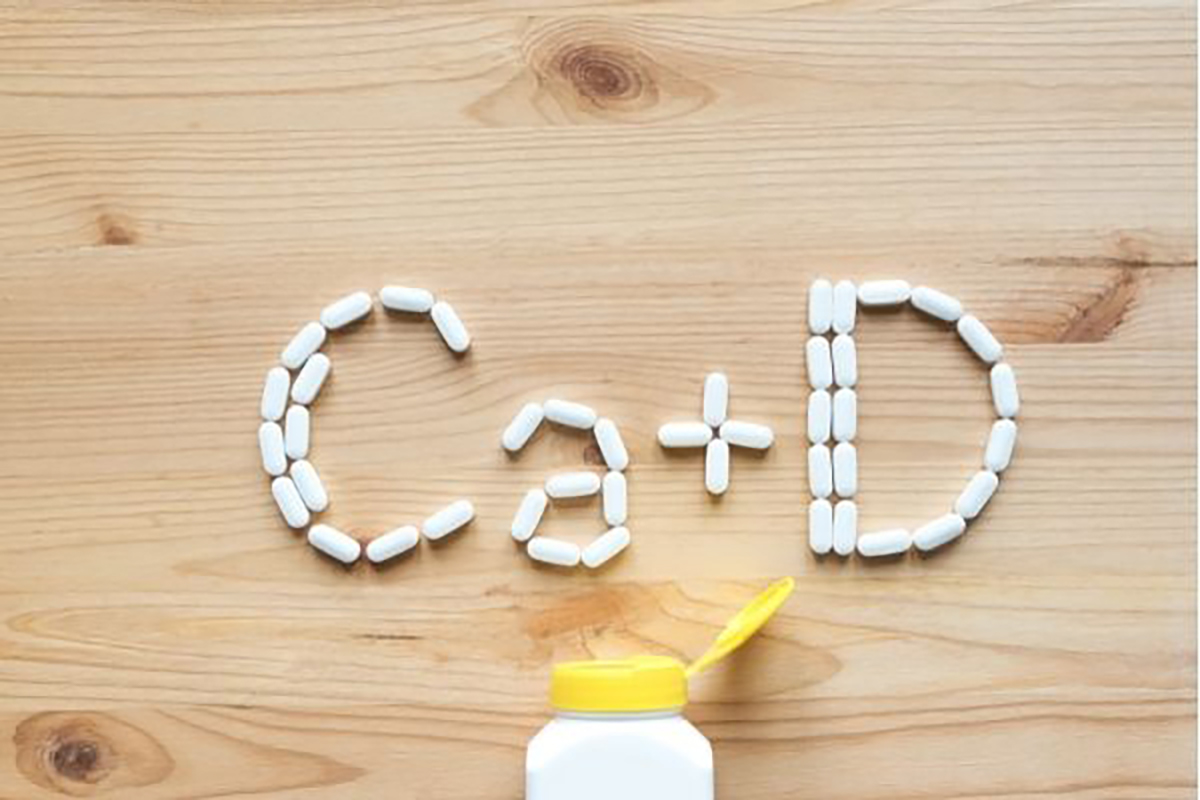Osteoporosis is a chronic, progressive bone disease in which bone resorption exceeds bone formation, leading to a reduction in bone mineral density and disruption of bone micro-architecture. Patients with osteoporosis have an increased risk of fractures that occur with stresses which would not normally cause fracture in a non-osteoporotic individual. The incidence of osteoporosis increases with age and occurs most frequently in postmenopausal women because the decrease in ovarian oestrogen associated with the menopause accelerates bone loss and increases bone remodelling. Many studies have investigated the effect of vitamin D and calcium supplements on osteoporosis and fracture risk in postmenopausal women. A round table discussion was held between experts in order to reach a consensus on a number of issues regarding the use of dietary supplements of vitamin D and calcium in the prevention and treatment of osteoporosis. The panel considered five specific questions that have arisen in the light of recent publications casting doubt on the benefit of supplementation for postmenopausal women.
Is there a rationale to supplement postmenopausal women with calcium and vitamin D?
In order to address this question it is necessary to consider threshold intakes of vitamin D and calcium below which skeletal health is compromised. Ideally, this should be based on the establishment of the relationship between nutrient intake and a measurable index of skeletal health. For vitamin D it is possible to determine a plausible threshold in that many studies have characterised a relationship between low circulating levels of 25-hydroxy and increased secretion of vitamin D.

Is it appropriate to use various doses or regimens of calcium and vitamin D depending upon age?
Since calcium and vitamin D supplementation should be targeted to those individuals at increased risk of fracture and since age is a very important determinant of fracture risk, a target for intervention is the elderly, particularly those over 65 years. The need for dietary supplementation with calcium and vitamin D may be increased in the elderly for a number of reasons. Dietary intake of calcium and vitamin D generally falls in the elderly. In addition, endogenous production of vitamin D.
Is there any interest to adding calcium to vitamin D supplementation or adding vitamin D to calcium supplementation?
Many studies have shown that persistence and compliance with supplementation regimens can be low, and that poor compliance impairs efficacy. It is necessary therefore, from both an efficacy and a health economic perspective, to ensure that any dosing regimen is designed with this in mind. Where medically appropriate, combination treatments may improve treatment compliance by reducing the number of medications which patients need to take.
Should particular caution be taken when supplementing postmenopausal women with calcium and/or vitamin D?
The risks of calcium and vitamin D supplementation and side effects are not well reported from clinical trials. The current recommendation for vitamin D intake in the United States is 400 IU for adults aged between 51 and 70 years and 600 IU for adults of 70+ years old. The Commission of the European Communities recommends 400 IU daily for people over 65 years. An acceptable upper limit for vitamin D intake has been set at 2000 IU/day.
Supplementation with calcium and vitamin D can be justified both in terms of efficacy and health economics in women at increased risk of osteoporotic fracture, including those who have not yet sustained a fracture. Women can be considered to be at increased risk of fracture if they are over 65 years of age, or; if osteopenic and/or with proven calcium and/or vitamin D insufficiency when they are younger. Evidence suggests that for the greatest reduction in fracture risk, women at increased risk.
Source: https://www.sciencedirect.com/science/article/abs/pii/S8756328207007752
See more product information
here.